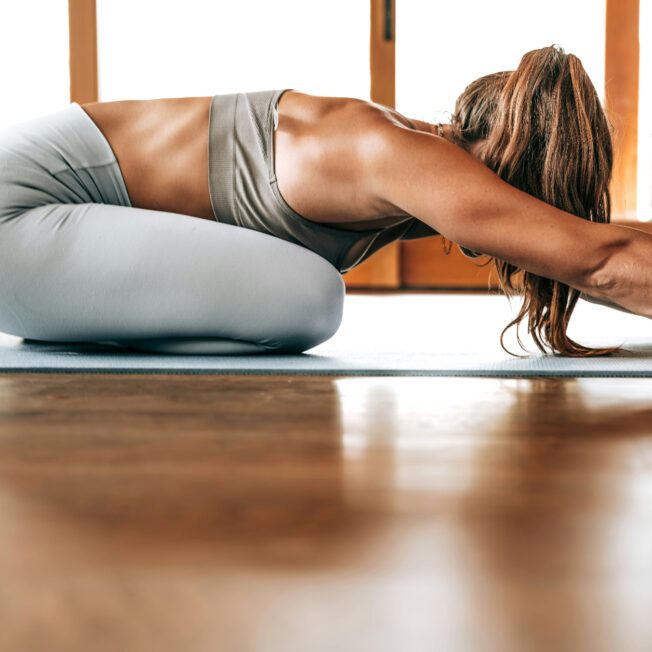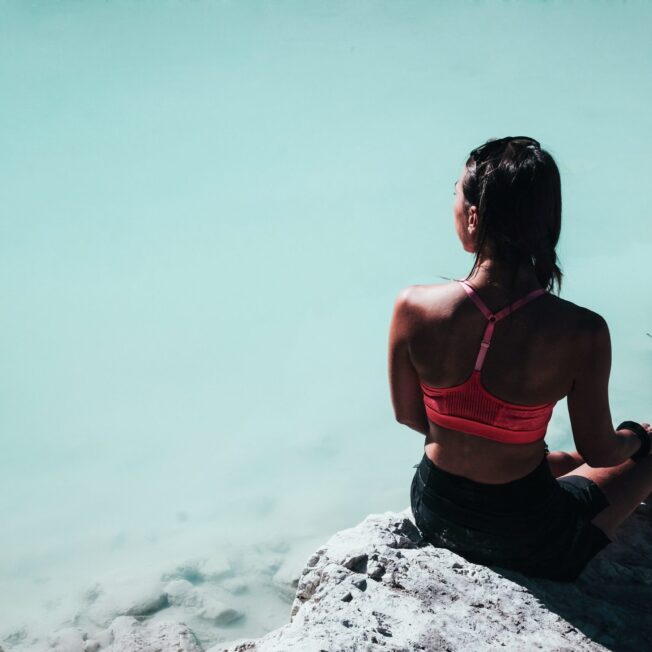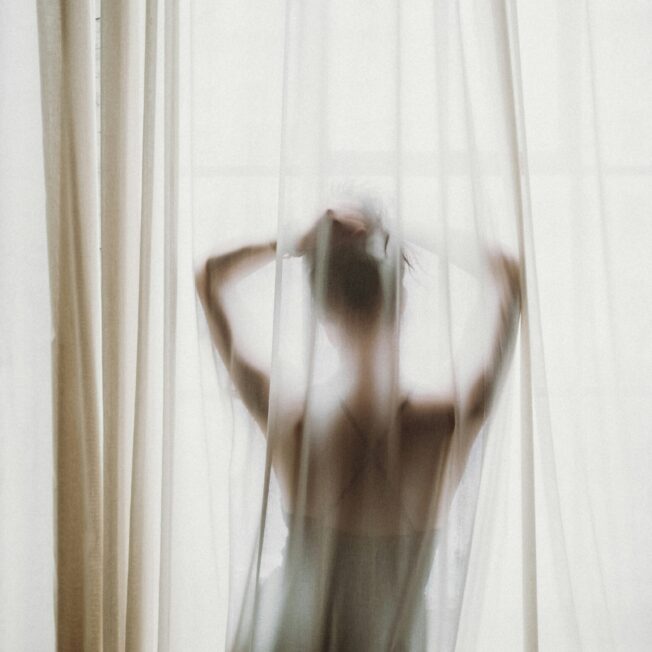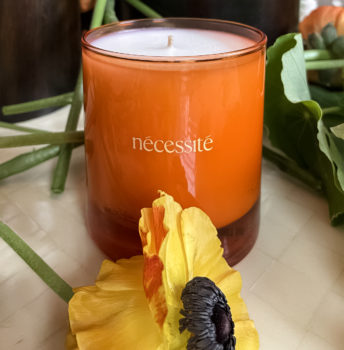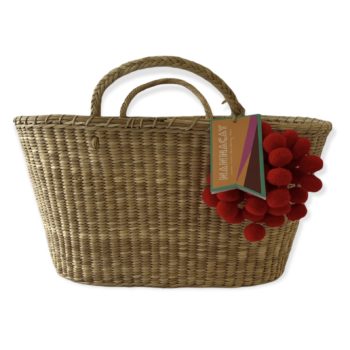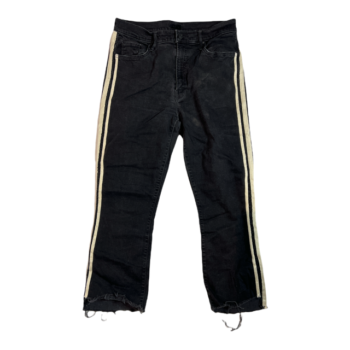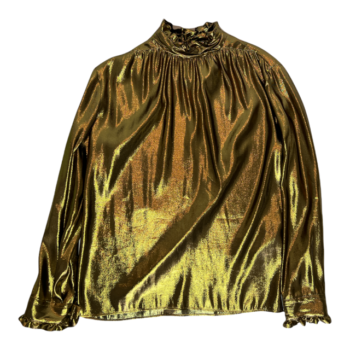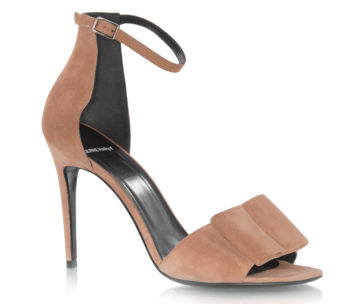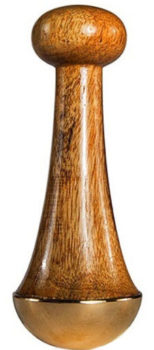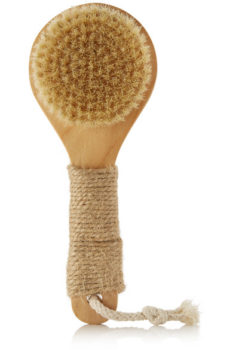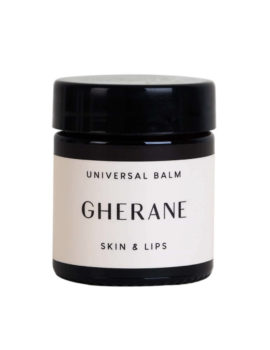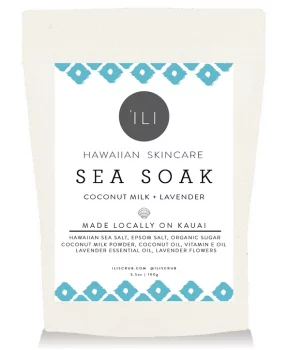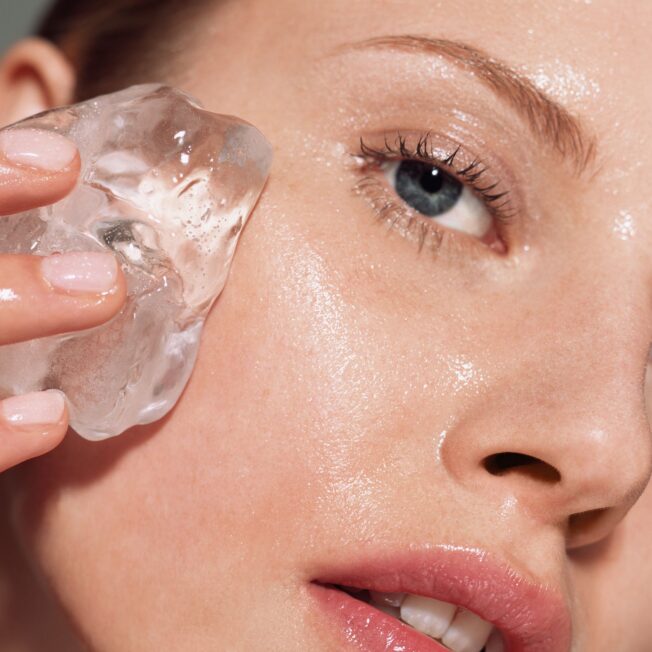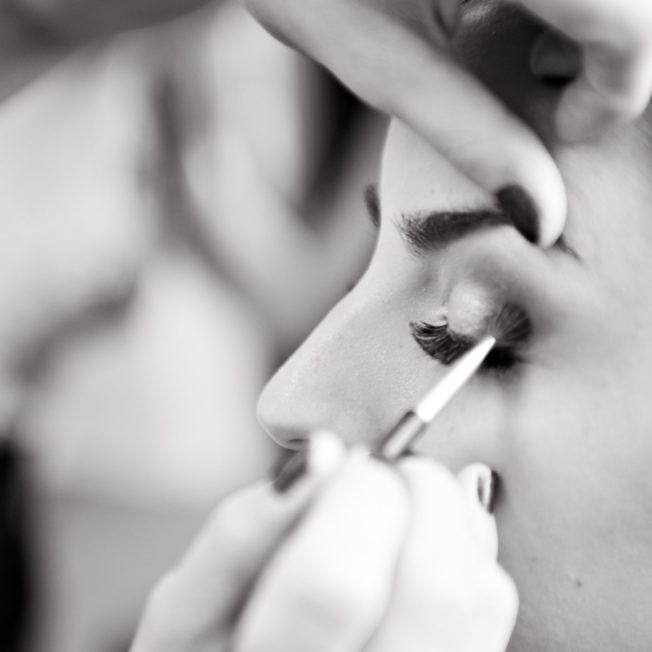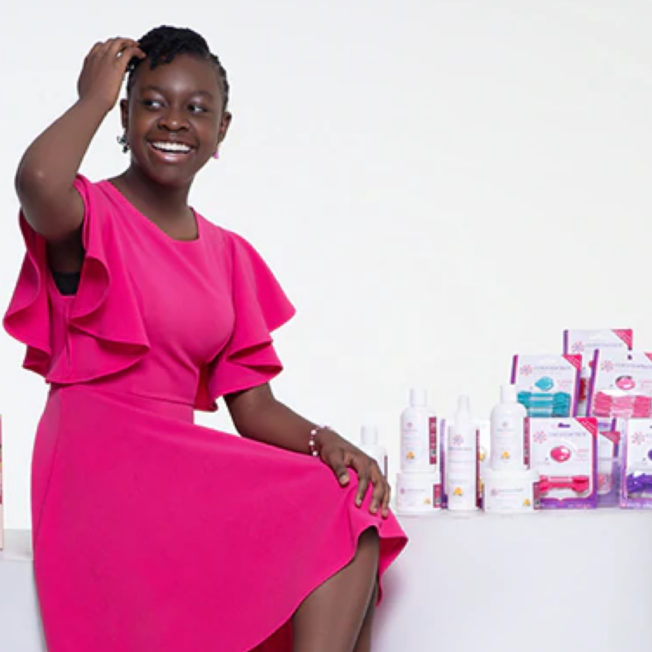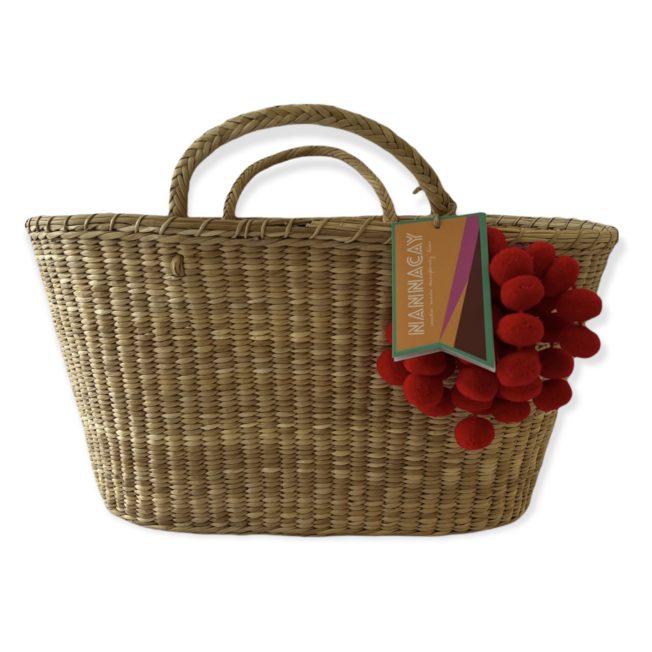Trends in skincare seem never-ending, whether we’re exploring the benefits of a high-frequency wand to help reduce inflammation and kill the bacteria that can cause acne, understanding how to use a clay mask properly, or leveraging red light therapy to improve our skin’s appearance. Among these trends include facial icing, an easy addition to the routine that can be done within the comfort of our own homes – just with a few safety tips to keep in mind.
What is facial icing?
We’ve likely tried facial icing at one point or another during our lives, whether using proper techniques or not. Facial icing, a form of cryotherapy, is the act of applying ice to the face, allowing the low temperatures of the ice to cause our blood beneath the skin’s surface to rise.
What are its benefits?
We know the benefits of cold therapy for treating inflammation and joint pain caused by arthritis and to help with pain management associated with lower back pain, sprains, swelling, and tendonitis. While our diets, hydration routines, and getting a good night’s sleep will keep our skin in check for us, acne, facial puffiness, and under-eye bags can feel unavoidable at times, and facial icing can assist with similar symptoms.
Integrating facial icing into our routine can temporarily lower inflammation and swelling in the face due to low temperatures. When our blood vessels are exposed to cold, they narrow at the skin’s surface, restricting blood flow. Additionally, facial icing can help brighten the skin and reduce redness. Because cold therapy helps reduce blood flow to the skin, it can help the face appear less flush and red. Then, as the skin warms up after application, the blood vessels in our face can gradually dilate, creating the appearance of a brighter skin tone.
At some point in our lives, we’ve likely experienced a painful zit or bout of painful acne. While popping pimples is highly discouraged to reduce inflammation, pain, and possible infection, facial icing can help alleviate some of the dreaded painful symptoms. Applying ice (safely, of course) to irritated areas of the face due to acne — including cystic acne — can bring temporary relief to the area.
What is the proper technique?
There are several tools and techniques that can be used to perform facial icing at home, but it’s important to take care of your skin during the process, too. Whether you’re using an actual ice cube or an ice roller from your favorite brand, it’s recommended to only ice your face once daily as a temporary pick-me-up.
Ice should never be applied directly to the face because it can cause irritation and redness in direct contact. Instead, if you are using an ice cube for at-home facial icing, the cube should be wrapped in a thin cloth to create a separation between the ice and the skin on your face and hands. With the concealed cube, you can rub the ice in circular motions in areas on the face, including your cheeks, chin, forehead, jaw, mouth, and nose. Just be sure to keep the ice in constant motion and not let it linger for too long in one spot to avoid irritation and even possibly frostbite.
There are a few instances where you’d want to avoid facial icing, including if you have thin or sensitive skin, as the ice can cause further irritation and redness. Additionally, if you have broken capillaries, the ice can prevent the capillaries from healing. Ice should also be avoided if you’re recovering from cosmetic procedures, including lasers or peels, so your skin can heal on its own.
